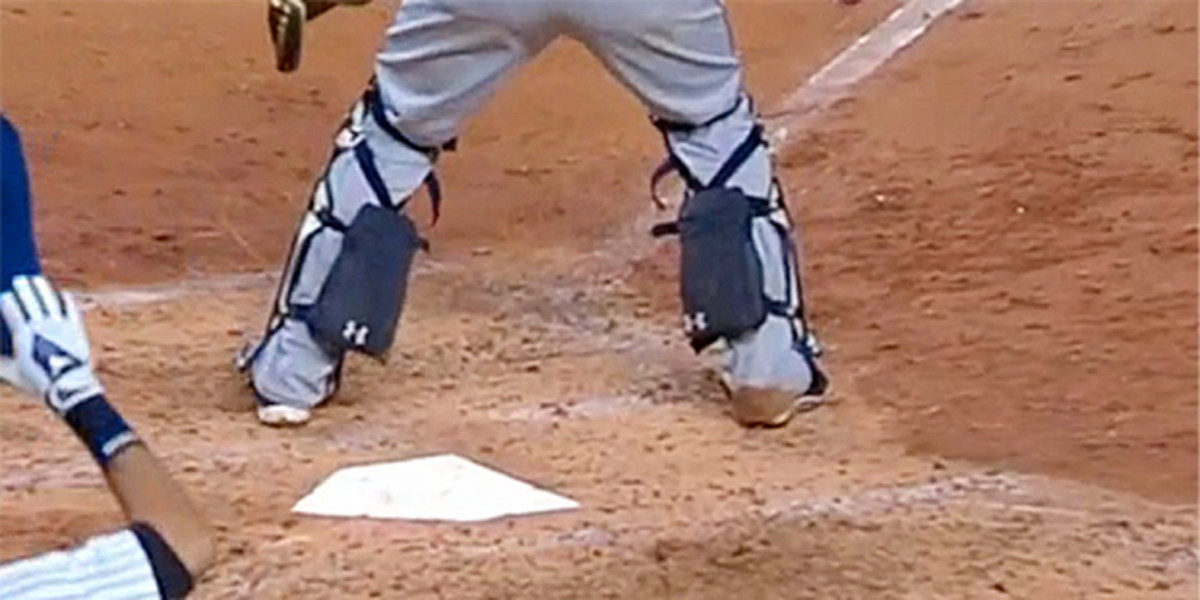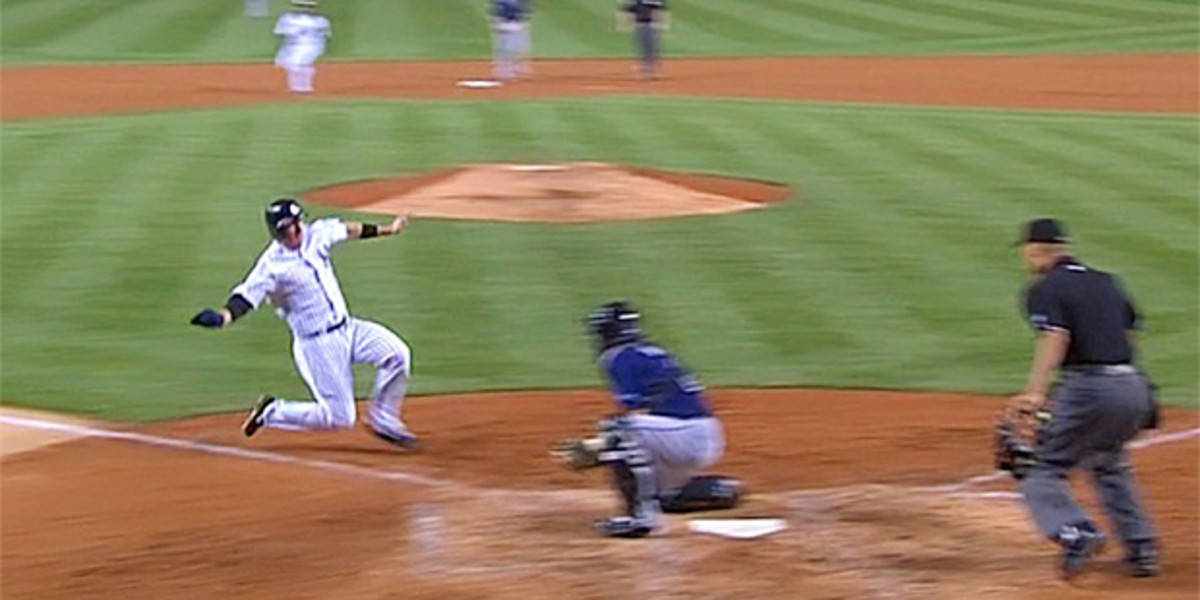Joe Torre's memo on Rule 7.13 interpretation has immediate impact

If the memo MLB executive vice president of baseball operations Joe Torre distributed to the umpires and all 30 major league teams on Tuesday has its intended impact, we will no longer see runners who were clearly out at the plate ruled safe on replay by virtue of an improper interpretation of Rule 7.13, the new rule put in place this season to eliminate collisions at home plate. As quoted by ESPN’s Jayson Stark, Torre’s memo (which has not been released to the public) explicitly states that, “If the runner would have been called out notwithstanding the catcher’s improper positioning in front of the plate, the out call will stand.”
What are the biggest weaknesses for MLB's division-leading teams?
In essence, Torre’s memo is simply asking the umpires to interpret the rule as written using common sense and the well-established rules of obstruction and interference long in use at the other three bases. As I’ve written many times in this space, the rule (which can be read in full here) states that “unless the catcher is in possession of the ball, the catcher cannot block the pathway of the runner as he is attempting to score.” What some umpires apparently failed to grasp, particularly when working in the Replay Operations Center in New York, is that the “unless” in that sentence means that if a catcher is in possession of the ball, then he can block the plate.
As a result, there have been numerous plays this season in which a catcher had the ball in advance of the runner’s arrival at home plate and made a clean tag on the runner before the runner reached the plate only to have the out call on the field overturned by replay umpires who concluded that the catcher was illegally blocking the plate. I highlighted three such plays in mid-August, calling on MLB to clarify the rule before a misinterpretation of the rule could alter the outcome of a game that impacts the outcome of the season. On Tuesday, Torre attempted to do just that.
Per Stark, Torre’s memo goes as far as to instruct umpires, in Starks words, “not to call a runner safe, even if the catcher has blocked the plate without the ball, if there is no evidence that the catcher has ‘hindered or impeded’ [Torre’s words] the runner’s path to home plate.”
MLB Power Rankings: Cardinals are scorching in September
That’s a contradictory statement. How can a catcher be considered to have blocked the plate if he didn’t hinder or impede the runner? Nonetheless, in practical application, if the catcher (or other fielder making the play at the plate) doesn’t have the ball, the runner can reach home without being tagged out even if briefly impeded, so the point is moot.
Again, though Torre doesn’t appear to have said so explicitly, the purpose of Rule 7.13 is not to prevent catchers from blocking the plate but to prevent base runners from barreling into them in an attempt to knock the ball lose or prevent the catcher from catching the ball in the first place. Per the obstruction and interference rules that now govern all four bases, if the fielder has the ball, he has the right to the baseline to tag out the runner. If the fielder doesn’t have the ball and impedes the runner’s path to the base, it’s obstruction and the runner is awarded the base. If the runner interferes with the fielder fielding the ball or makes an overt attempt to knock the ball loose, it’s interference, the ball is dead, the runner is out and all other runners return to their previous bases. It’s really that simple.
As it happened, Tuesday night’s action presented a perfect illustration of the potential impact of Torre’s memo. In the bottom of the fifth inning of Tuesday night’s Rays-Yankees game in the Bronx, the Yankees had men on first and second and Jacoby Ellsbury at the plate. Ellsbury singled to left. The runner on second, Stephen Drew, rounded third in an attempt to score. Rays leftfielder Matt Joyce fired home to catcher Ryan Hanigan setting up a close play at the plate, the sort of play that would have resulted in an ugly collision a year ago.
With Rule 7.13 in place, however, Drew slid into home rather than attempting to bowl over Hanigan, who put his whole body in Drew’s path even before Joyce’s throw forced him into the baseline. Hanigan received the ball just before Drew arrived and tagged him out clearly and cleanly.
Here’s where Hanigan set up to wait for the throw:

And here’s where he and Drew were at the moment Hanigan caught the ball:

Because Hanigan did not provide Drew with a lane to the plate (note: there is nothing at all in Rule 7.13 about a lane; the word “lane” does not appear once in the rule), it is very likely that prior to the distribution of Torre’s memo, Drew would have been ruled safe on replay. If so, it would have altered the outcome of the game, as the Rays were up 4-3 at the time and went on to win by the same score, but if Drew had been ruled safe, the Yankees would have tied the game. On this occasion, however, the replay umpires upheld the call on the field, as they should have, because Hanigan had the ball before Drew arrived, giving the catcher the right to block the plate and make the tag, which he did.
In all likelihood, MLB will have to continue to work to educate umpires and teams about the proper interpretation of Rule 7.13. After all, it is the misinterpretation of the rule, not the rule itself that has been the problem. Still, to the credit of Torre and the Commissioner’s Office as a whole, Baseball took a big step forward in that regard on Tuesday, and not a moment too soon.
